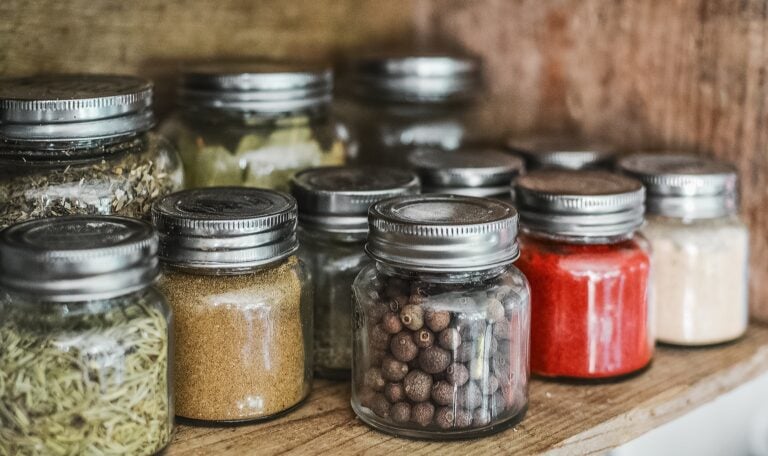UL Study Explains the Dangers of Wood Floor Finishes

Learn how to choose a safe coating, paint or other solvents for your wood floor.
UL research into the off-gassing of VOCs from products like wood floor coatings, furniture and paint led to the development of GREENGUARD Certification, a program which requires products to meet stringent emissions standards based on established toxicity limits for known hazardous VOCs. GREENGUARD Certification provides an easy way for consumers to cut through confusing product claims and technical language to make a healthier decision for their family.
“The lowest emitting products are awarded GREENGUARD Gold Certification. Products that go into the home should be certified to these more stringent levels,” says Scott Steady, senior project manager of Indoor Air Quality at UL.
However, a recent study by UL shows that many wood finishes on the market release hazardous chemicals into the air including known carcinogens and reproductive toxins. Here’s what you need to know about these and other VOCs.
VOCs Defined
VOCs are emitted as gases from certain consumer products such as paints and varnishes, cleaning and cosmetic products, building materials and household furnishings, says the U.S. Environmental Protection Agency (EPA). Concentrations of VOCs indoors can be 2-to-5 times higher than outdoors – and up to 1,000 times higher at peak levels. Many VOCs can cause headaches, eye, nose and throat irritation, and dizziness in the short-term, and some can cause more serious adverse health effects, such as cancer, reproductive toxicity and damage to the liver, kidney and central nervous system. Only a small fraction of VOCs have been studied for these types of health effects, adds UL.
The UL Study
When UL conducted extensive research on wood floor finishes, researchers found that 80 percent of today’s wood finishes emit some level of toxic VOCs. The researchers tested air samples during application, in the hours after, and as long as seven days later.
Traditional solvent-based floor coatings – defined as those using mixtures of organic solvents, such as turpentine, white spirits, and other toxic solvents – off-gas over 60 chemicals, including some linked to cancer and reproductive harm. For instance, one of the many toxic chemicals released in high levels in the study included 2-ethylhexanoic acid, which poses a significant safety risk to pregnant women and women of child-bearing age.
The study also included testing of traditional water-based coatings. These use water as the primary solvent, along with water-compatible solvents, such as n-methylpyrrolidone (NMP). NMP has been linked to congenital disabilities and miscarriage – and this group of wood floor finishes released toxic levels of NMP throughout the test.
UL also tested advanced, “clean” water-based coatings that do not use known toxic solvents. In the study, Vermont Natural Coatings’ patented PolyWhey® floor coating was among the products that met the strict emissions standards of GREENGUARD Gold Certification.
“We have no known carcinogens, no mutagens and no repro-toxins in our products,” explains Andrew Meyer, president and founder at Vermont Natural Coatings. “At the same time, we’ll go head to head with anybody’s durability in the professional floor world and the DIY world.”
One potent reminder of VOC emissions is the “new car smell” of upholstery or the chemical smell of traditional paint thinners, paints and wood floor finishes. “When you walk through our [manufacturing] facility [at Vermont Natural Coatings] when we’re giving people a little tour, we’ll stop and say, ‘What do you smell?’ And they’ll say, ‘Nothing,’” explains Hebert. “That’s when we’ve got 1,200-1,400 gallons of finish mixing in the tanks right next to them.”
Tips
Most of the wood-floor finishes, paints, paint thinners and other solvents on the market can create significant VOC exposure, according to the EPA, which is why choosing a product that meets GREENGUARD Gold Certification is critical.
“Especially from a do-it-yourselfer perspective, this is very important, but it’s also important if someone else is finishing your floor,” Meyer points out. “Even if you’re not in the space for a few days, there’s still potential for significant exposure, and the [UL] research white paper shows that.”
Because we’re exposed to toxic VOCs from a variety of sources, when choosing any products coming into our homes, from paint to cleaning products to furniture, looking for the GREENGUARD Gold Certification can help you limit health risks. Find GREENGUARD Gold Certified products on ul.com/spot.
This article originally appeared on SafeBee from UL. Visit safebee.com for additional safety tips for smarter living.


